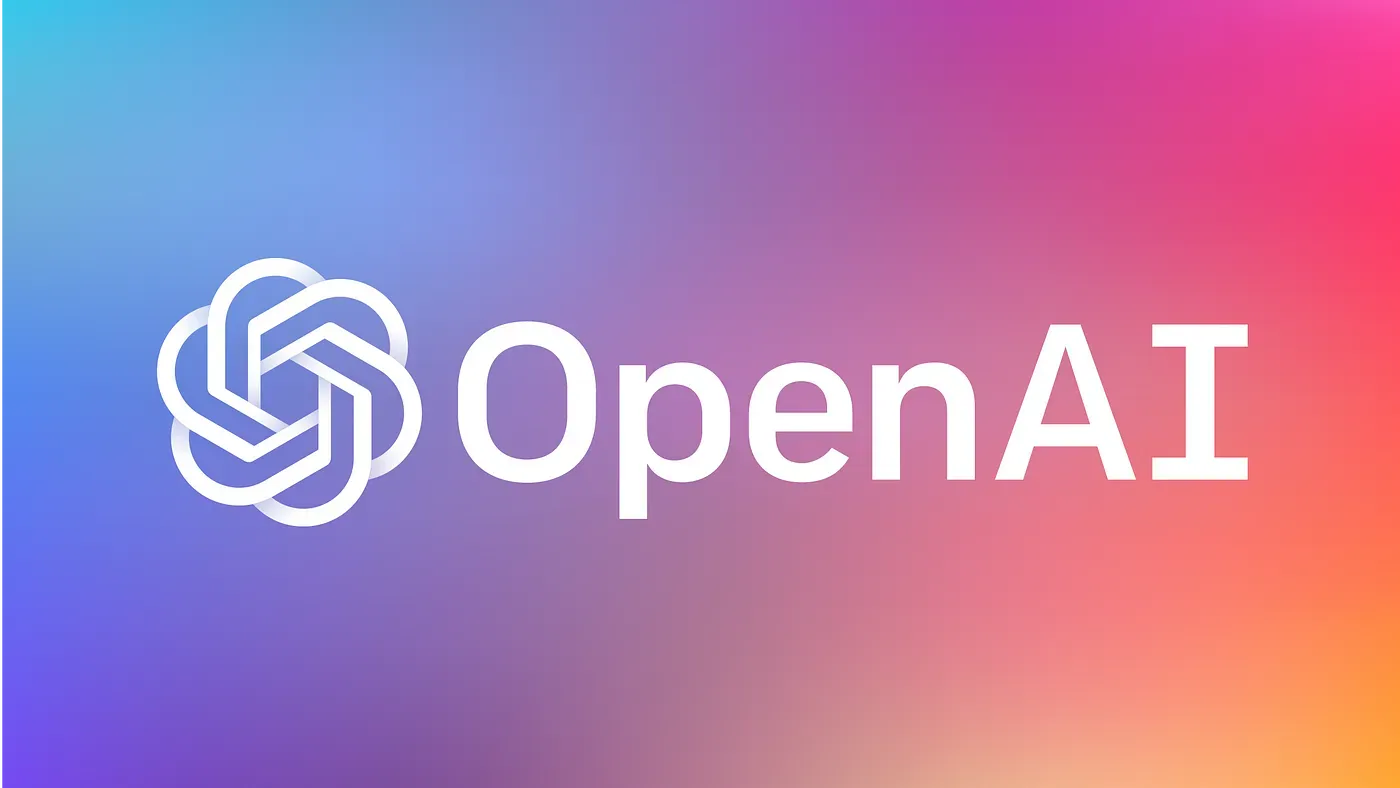OpenAI announces GPT-4 - Check Out The Capabilities Of The New Model

Are you ready for the next revolution in artificial intelligence? OpenAI has just announced their latest development, GPT-4.
This groundbreaking technology takes AI to a whole new level, from processing pictures to acing tests.
With its advanced natural language processing capabilities and impressive problem-solving skills, GPT-4 promises to transform the way we think about AI.
So let's dive in and discover everything you need to know about this game-changing innovation!
What’s new with GPT-4
AI language model GPT-4 was announced by OpenAI on Tuesday. In casual conversation, the company cautions that differences between GPT-4 and its predecessors are "subtle," but the system still has many new features. In addition to processing images, OpenAI claims it is better at creative tasks and problem-solving.
As you might expect, GPT-4 improves on GPT-3.5 models regarding factual correctness. In OpenAI's internal factual performance benchmark, GPT-4 scored 40% higher than GPT-3.5 on a factual performance benchmark, resulting in fewer "hallucinations," where the model makes factual or reasoning errors.
Additionally, it improves "steerability," or the ability to change the behavior of the system based on the needs of the user. You can, for instance, instruct it to write in a different tone or voice.
Start your prompts with "You are a garrulous data expert" or "You are a terse data expert" and ask it to explain a data science concept to you. You can read more about creating great data science prompts for GPT models.
Additionally, the model does a better job of adhering to guardrails. If you ask it to do something illegal or unsavory, it refuses.

The next generation of its AI language model
OpenAI has announced GPT-4, the latest in its line of AI language models that power ChatGPT and Bing.
As the company claims, the model can parse both text and image input, but only respond via text. The model is "more creative and collaborative than ever before," and "can solve difficult problems with greater accuracy."
As with earlier language models, OpenAI also warns that the systems still have many of the same problems, including a tendency to make up information (or "hallucinate") and the ability to generate violent and harmful messages.
A number of companies, including Duolingo, Stripe, and Khan Academy, have already partnered with OpenAI to integrate GPT-4 into their products. OpenAI's $20 monthly ChatGPT Plus subscription offers the new model to the general public, and Microsoft is using it to power its Bing chatbot.
A developer API will also be available. OpenAI says they will begin accepting users today.

It can process images alongside text
The most significant practical difference between GPT-4 and its predecessors is that it is multimodal, meaning it can parse both images and text, whereas GPT-3.5 could only parse text.
This means GPT-4 can analyze the contents of an image and connect that information with a written question. (Though it cannot create images like DALL-E, Midjourney, or Stable Diffusion can.)
As part of a demo streamed by OpenAI after the announcement, the company demonstrated how GPT-4 can generate code for a website based on a hand-drawn sketch.
Using GPT-4, OpenAI will also improve the app of startup Be My Eyes, which uses object recognition or human volunteers to assist people with vision problems.
OpenAI claims GPT-4 can “generate the same level of context and understanding as a human volunteer” by explaining the world around the user, summarizing cluttered webpages, or answering questions about what it “sees.”
This type of functionality isn’t completely unique (many apps offer basic object recognition, such as Apple’s Magnifier app), but it isn’t entirely unique.

Processing more text
Language models in AI have always been limited by the amount of text they can store in their short-term memory (the text that is included in both the user's question and the system's reply). In GPT-4, OpenAI has greatly expanded these capabilities.
The system is now able to process whole scientific papers and novellas at once, making it easier to answer complex questions and connect more details in a single query.
GPT-4 doesn't have a character count or word count per se, but instead measures its inputs and outputs in tokens. The tokenization process is rather complicated, but you should know that a token equals about four characters and that 75 words typically take up about 100 tokens.
A GPT-3.5-turbo query can use up to 4,000 tokens, which translates into about 3,000 words at the maximum. As a comparison, GPT-4 can process around 32,000 tokens, which, according to OpenAI, translates into about 25,000 words.
Despite the fact that the company is still optimizing for longer contexts, the higher limit means that it should allow use cases that weren't previously possible.

Elevating the Resolution of AI-Generated Images
One of the challenges with AI-generated images has been their lower resolution, which can limit their usability and impact.
However, a game-changing solution has emerged in the form of Deep-image.ai. This powerful application revolutionizes the field by enabling AI-generated images to be enlarged without any loss of quality. By leveraging advanced algorithms and neural networks, Deep-image.ai takes low-resolution images and enhances them, preserving intricate details and sharpness even when significantly enlarged.
With this breakthrough technology, the creative possibilities expand exponentially, allowing artists, designers, and content creators to harness the full potential of AI-generated visuals and unlock a new realm of high-resolution creativity.
Conclusion
OpenAI’s GPT-4 has demonstrated the potential of AI to understand, process, and accurately answer questions with minimal human input.
It is clear that this technology will be invaluable in certain industries. In addition, GPT-4's ability to process pictures may lead to a revolution in image processing tasks.
Although there are still many challenges ahead for OpenAI, it can certainly be said that they have created an impressive piece of technology which shows the potential of artificial intelligence applications.

